- Your cart is empty
- Continue Shopping

Product
Product Details
Adderall is one of the first-choice medications used to treat attention deficit-hyperactivity disorder (ADHD). Adderall is an instant-release form that starts to work quickly, but doesn’t last a long time, so more than 1 dose per day might be needed. Common side effects include difficulty sleeping and loss of appetite. It’s a controlled substance (schedule II) because it has a high risk of abuse and dependence.
Are generic versions identical to brand name Adderall?
Generic versions of Adderall cost less but carry the same general benefits and risks. However, they may not be available in all formulations, such as the longer-lasting, sustained-release variety.
Just like the brand-name versions, generic drugs available for prescription are reviewed and approved by the U.S. Food & Drug Administration to ensure they (FDA, 2017):
- Contain the same key (active) ingredients
- Have the same strength and dosage
- Perform the same way in the body
However, the FDA defines “same” as “bioequivalence,” a term that refers to the active ingredient in comparable medications. If a generic drug is bioequivalent, it means that the active ingredient in a generic performs in the same manner to the pioneer drug (FDA, 2007). Here’s the thing: The FDA allows for some wiggle-room for that performance of the active ingredients in a generic drug, meaning its performance has to be “approximately the same”, but doesn’t have to be exactly 100% similar to the active ingredient of the pioneer drug.
What’s more, inactive ingredients in a generic drug are not held to the same standard. “Other characteristics, such as colors and flavorings that do not affect the performance, safety, or effectiveness of the generic medicine may be different,” the FDA states (FDA, 2021). In rare cases, this can present problems. A person could have an allergic reaction to an inactive ingredient in a generic medication that does not exist in the branded version, for example (CHADD, 2017).
So while generic versions of Adderall are supposed to work in the same way and provide the same benefit as the brand-name medicine, there’s a chance that they are not 100% identical.
The important role of generic drugs and the differences
One large study found generic drugs differed by about 3.5% in their absorption into the body compared to their branded counterparts (Davit, 2009). Some generics were absorbed slightly more, some slightly less.
According to the FDA, “this amount of difference is expected and clinically acceptable, whether for one batch of brand-name medicine tested against another batch of the same brand or for a generic tested against a brand-name medicine” (FDA, 2009).
Reassuring as that may be, a given generic version of Adderall might slightly differ in terms of bioequivalence and inactive ingredients from the brand–and from each other. Also worth noting: Between one prescription fill and the next, a pharmacy might change the generic variety it sells without notice (CHADD, 2017).
Regardless, some patients and even some healthcare providers might perceive generic drugs as being less effective than the brand-name products they aim to duplicate. So one large independent, non-governmental study of insurance-company records examined outcomes among 3.5 million patients using eight different drugs for various conditions, though not including ADHD. The research, published in the journal PLoS Medicine, found generics to be just as effective (Desai, 2019).
The upshot: While generic drugs are generally considered safe and effective and are a very important cost-saver for people who need them, they are not 100% identical to brand-name drugs. These differences are not medically important, according to the FDA. Armed with this information, you can still seek lower drug prices, but it’s wise to have a conversation with your healthcare provider about the benefits and risks of Adderall versus a generic and then aim to stick with what works.
How Adderall works
Adderall is a stimulant medication. It’s not exactly known how Adderall helps to improve attention and focus, but it’s thought to work by raising the levels of chemicals in your brain called norepinephrine, dopamine, and serotonin.
What is Adderall used for?
- Attention deficit-hyperactivity disorder (ADHD)
- Narcolepsy
Typical dosing for Adderall
ADHD
- Children younger than 3 years old: Not recommended.
- Children ages 3 to up to 6 years: The typical starting dose is 2.5 mg by mouth once per day.
- Adults and children ages 6 years and older: The typical starting dose is 5 mg by mouth once or twice per day.
While there isn’t a recommended maximum dose, most people’s doses shouldn’t be higher than 40 mg per day.
Narcolepsy
- Children younger than 12 years old: It’s recommended to use dextroamphetamine (Dexedrine) instead.
- Children ages 6 to up to 12 years: The typical starting dose is 5 mg by mouth once per day.
- Adults and children ages 12 years and older: The typical starting dose is 10 mg by mouth once per day.
Your provider will adjust your dose of Adderall based on how well it’s helping your symptoms and if you’re having side effects.
Frequently asked questions about Adderall
Is Adderall a first-choice medication for ADHD?
What’s the difference between Adderall and methylphenidate (Ritalin)?
Why is Adderall a controlled medication?
What is a “drug holiday” and why is it important?
Can I use Adderall if I’m pregnant?
Additional Information
| mg | 5 mg, 7.5 mg, 10 mg, 12.5 mg, 20 mg, 30 mg |
|---|


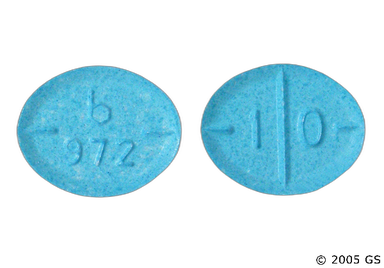

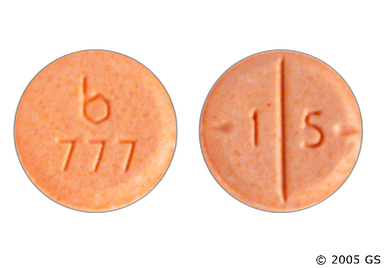
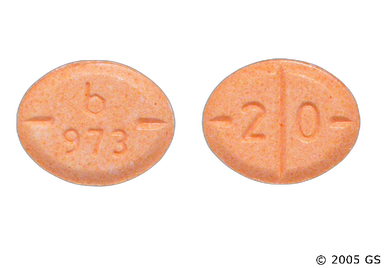

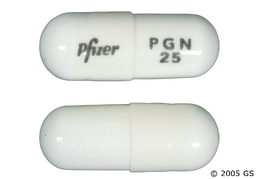
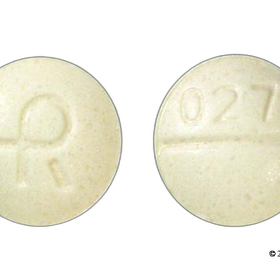
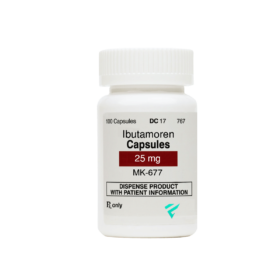
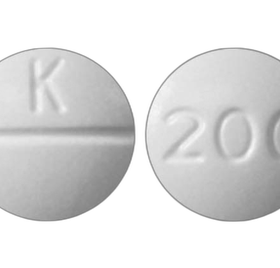

Reviews
There are no reviews yet.